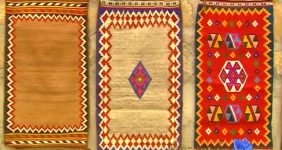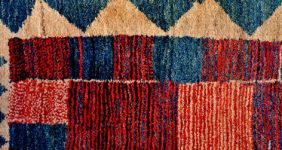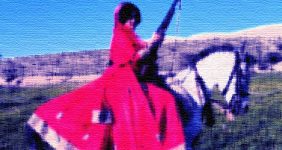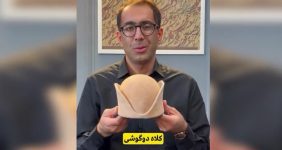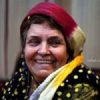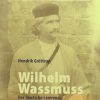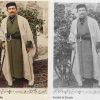Qashqai Rugs – Part Two(2)
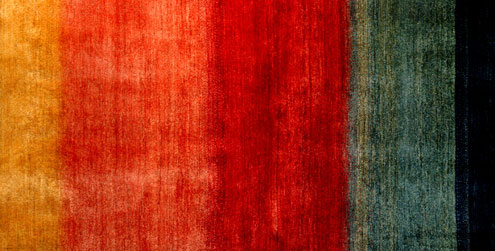
The Art of the Qashqai Tribe and the Characteristics of Qashqai Rugs
Part Two
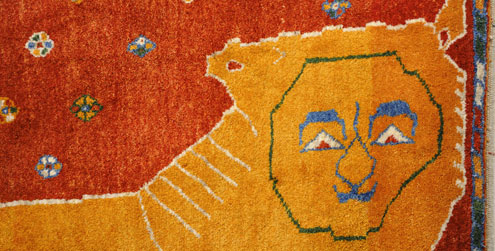
The authentic, tribal patterns and motifs are another factor contributing to the prestige of Qashqai rugs. For many years, the Qashqai have worked on these designs, inheriting them from their ancestors. Examples of these motifs can also be seen in other handicrafts, such as cashmere, tile work, and architecture. The Qashqai people have always created artistic designs from a collection of both old and new motifs.
The old patterns hold the secrets of their past lives, and each one speaks a unique language. For example:
- The crane symbolizes longevity.
- The phoenix represents immortality.
- The deer is a sign of good fortune.
- The lion is a guardian of the sanctuary.
- The comb represents cleanliness and purity.
The lasting motifs found in handwoven goods from other countries, such as the Caucasus, Asia Minor, and Turkmenistan, have deep roots in their ancient cultures. Some designs are simply a reflection of ideas expressed centuries ago, such as a depiction of the Garden of Eden, a spring in the middle of a desert, or a large tree with a bird perched on it.
Other factors contributing to the fame and durability of these rugs include the knotting technique, the use of warp and weft, the spinning and twisting of the yarn, the number of knots per row, the combing, and the overall weaving process. The care they take in knotting is so precise that after several centuries, their weavings not only retain their color but also show very little wear.
Qashqai rugs were not originally for commercial sale; artistic passion was always prioritized over income. From a young age, tribal girls would personally weave various rugs, gabbehs, Gilims, and jajims to prepare their dowries. They believed their household items should be woven by their own hands and taken to their new home as works of art. This tradition continues to thrive among the Qashqai people.
In the past, rug weaving was not done for sale or as a means of livelihood. As a result, they focused on improving its beauty, durability, and quality. The wool used to make the rugs was of the highest quality they produced, and when selecting it, they paid close attention to its softness, luster, fiber length, and lack of knots.
Unlike other weavers, Qashqai women do not use graph paper or pre-drawn designs. They carry only the ancient legends and myths in their minds and rarely use other patterns.
While rugs have sometimes been seen as a luxury item in the past, their economic value was not a consideration among the tribes; they only served to meet the family’s needs. In this process, the essence of art was put on display. Today, just as in the past, the native art of rug weaving is an exception. Besides being a suitable floor covering, each piece is a true reflection of Iranian and nomadic artistic taste, making it a valuable and lasting work of art.
Today, rugs are considered both a work of art and an investment commodity, and they have taken over the markets of many foreign countries. Although many countries have adopted this industry, Qashqai handwoven products still hold the top spot among other countries’ productions. Despite attempts to imitate these weavings, others have not been able to achieve their high quality. The motifs of a Qashqai rug are a vast sea that cannot be summarized, as their designs in nature are endless, and their creativity knows no bounds.
This information is taken directly from the book Siyəh Çadorha – Mənuçehr Kiyani
This site is about Qashqai folk who live in Iran. We hope you enjoy. Everybody is invited.


